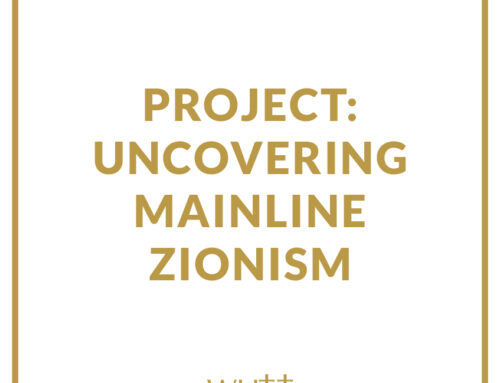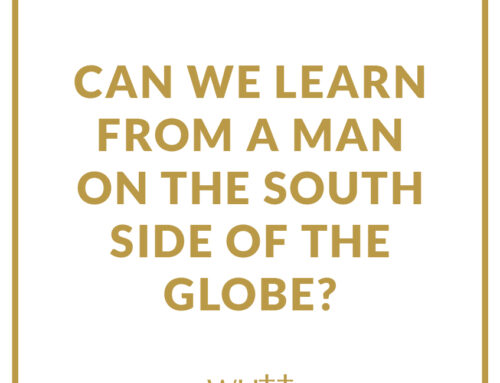Part 1: A Short Walk into the World’s Largest Prison
Charles E. Carlson, March 3, 2002
Across the border from the Egyptian Sinai town of Taba is Elate, the posh Israeli tourist town on the Red Sea. If one approaches Taba from the Egyptian side, as our auto did, it appears like a mirage out of a fog bank that shrouds the sea cliffs from the vast desolation of the Sinai. I was unprepared for the sight of half-billion dollar casinos rising from the steep red rocks of the Red Sea coast. Only a few miles behind us, our van had sped past a herd of 20 or more wild camels nosing in the sparse vegetation along the road.
Taba is 300 kilometers South of Tel Aviv, and the same distance west of Cairo. My Arab guide and our driver had not told me any of this. Hani and Gammel had simply said they thought the best way to get into the occupied territories of Palestine was by way of Taba. It turned out they were right, but they neglected to tell me how far it was or that we were going to Gaza, by way of the Red Sea.
Hani pointed me at Egyptian customs. In Taba, none of the Egyptians spoke English, and none of them knew how to get to Gaza or how much it would cost. All were smiling and one told me the half-truth of the day, “America is the Greatest.” I told him it is the greatest and also the worst, and he did not understand a word I said.
Hani told me I would find out how to get to Tel Aviv only when I got to the Jewish side, if I got through Jewish immigration. If not, he would wait for me one hour before returning home.
My backpack was full of miniature recording disks, borrowed photographic equipment, film and a laptop. Hani insisted I go through my gear and remove all references to We Hold These Truths and all of our writings that I had brought along as calling cards. “It’s not good if the Israelis find what you write when they go through your baggage,” he said. “Tell them you are strictly a tourist on busses.”
On the previous morning, the Egyptian TV in our hotel room was filled with chilling news of successful killings by both sides in Gaza. On March 3rd, a single unknown Palestinian had managed to ambush an Israeli military unit at a Jewish settlement near the town called Rafah, killing and wounding up to a dozen Israeli boy soldiers and settlers with a sniper rifle. He had gotten away.
Reprisals from Israel were swift. Tanks had rolled into Rafah, the border town where I was planning to cross the next morning, and it was closed. Israelis brought in F-16s to bomb the Rafah refugee camp with a large death count of civilians. The Israelis also destroyed two ambulances with tank cannons, killing the passengers including one 57-year old doctor and two nurses who were trying to evacuate the wounded.
A half an hour later, I was in Israel. No one on the elaborate entry system had shown the slightest interest in reading my articles or in even opening my bags. Furthermore, every Israeli employee spoke acceptable English and a few were nearly polite. Obviously, they encouraged tourists to buy Shekels and spend them in Elate’s casinos. I bought a cheap ticket on a clean but crowded subsidized Israeli bus bound to Tel Aviv leaving in 30 minutes. The depot was crowded with IDF, carrying their weapons muzzle down.
I was not prepared for the bus trip. Up to half the people on it were rifle carrying Israeli boy and girl soldiers. Along the way I took photos out the bus window of the Bedouin villages I saw along the highway. It was here I had my first lesson about what it is like to be an Arab in Israel. My peripheral vision is first rate, and I became aware I was being watched and referred to by several soldiers. One, who seemed to be in command, was interested in my running photography of Bedouins, discussing it with his mates. I sensed why. Israel‘s treatment of the independent nomadic people of the Negev desert is a well known national disgrace in Israel.
Bedouins live on the Negev without rights or recognition.
Who knows how long they have been here, perhaps back to Abraham and his sons, who are thought to have wandered here. The Jews from Europe arrived and stripped them of every right of citizenship. I casually stowed my camera, my goal was to get into Arez Gate without being asked why I wanted to go there.
That evening I passed the time in an Israeli pool hall in Askalon, run by a friendly Russian immigrant who was doing quite well catering to off-duty military. I spent the night in a junky hotel in Askalon, run by another Russian who let me know they catered to prostitutes and IDF couples from the nearby bases.
At Arez gate in north Gaza, an Israeli girl soldier was the first of several to ask for my passport. After she had provided directions for the next stop, her companion, a tall pink-faced male under 20, said in the most polite tone I had yet to hear in Israel, “Excuse me sir, but do you mind if I ask why you would want to go there?”
It was as if he was asking why I would want to sleep in a pigsty, with complete sincerity. He simply did not regard the other side fit for human habitation and wondered why I would degrade myself by looking at it. I suddenly realized I wanted to be inside Gaza very badly…and away from the Israelis even worse. Their iciness toward life frightened me…I could begin to imagine being in one of their interrogation cells
The boy soldier was not the first to let me know he considered Palestinians subhuman. In Elate the morning before an Israeli cab driver first asked where I was going. When I told him he said, “You will never get in, they have closed all that area off on account of war…. There are lots of great things to see in Israel, why would you want to see those animals?” Not satisfied that I was convinced, the Israeli went on with his recital in total arrogance and without any hint of apology for his profession of racism. “Let me give you some advice, don’t go there. You have an American passport, how long do you think you will last in there alone…don’t you know what they think of Americans?”
The cabby had no doubt served his time in the military and was my first witness to the open, incredibly harsh racist bigotry that Israelis harbor toward the million Arabs. Like the man I will call Ahmad, my guide in Gaza, some of these Arabs are Christians. Even if you do not ask them, Israelis (some but not all by any means) do not mind telling you that they feel perfectly justified to imprison and even to kill a million Arabs in Gaza because they are “animals.”
A half mile long cement and razor wire gauntlet connects Israel to occupied Palestine on the north end of the Gaza Strip. I pulled my bag and carried my backpack from station to station and no one even looked at my luggage. In the 15 or so minutes it took to cross no mans land, not another person or auto crossed the border going either way. I heard about three volleys of small arms fire, but I was later to learn this was a funeral salute to the Palestinian killed the previous night in the Jambalaya Refugee Camp.
I was greeted in Gaza by the sounds of a funeral. I entered the world’s largest prison, with one million captured and incarcerated men, women and children.
Charles E. Carlson, Executive Director of We Hold These Truths, traveled solo through Israel and Palestine in March 2002 to find answer to critical questions about the captors and the captives. Among these questions is, what causes normal boys and girls to grow up as Human Bombs? (Part II). https://whtt.org
Like this:
Like Loading...
Related


